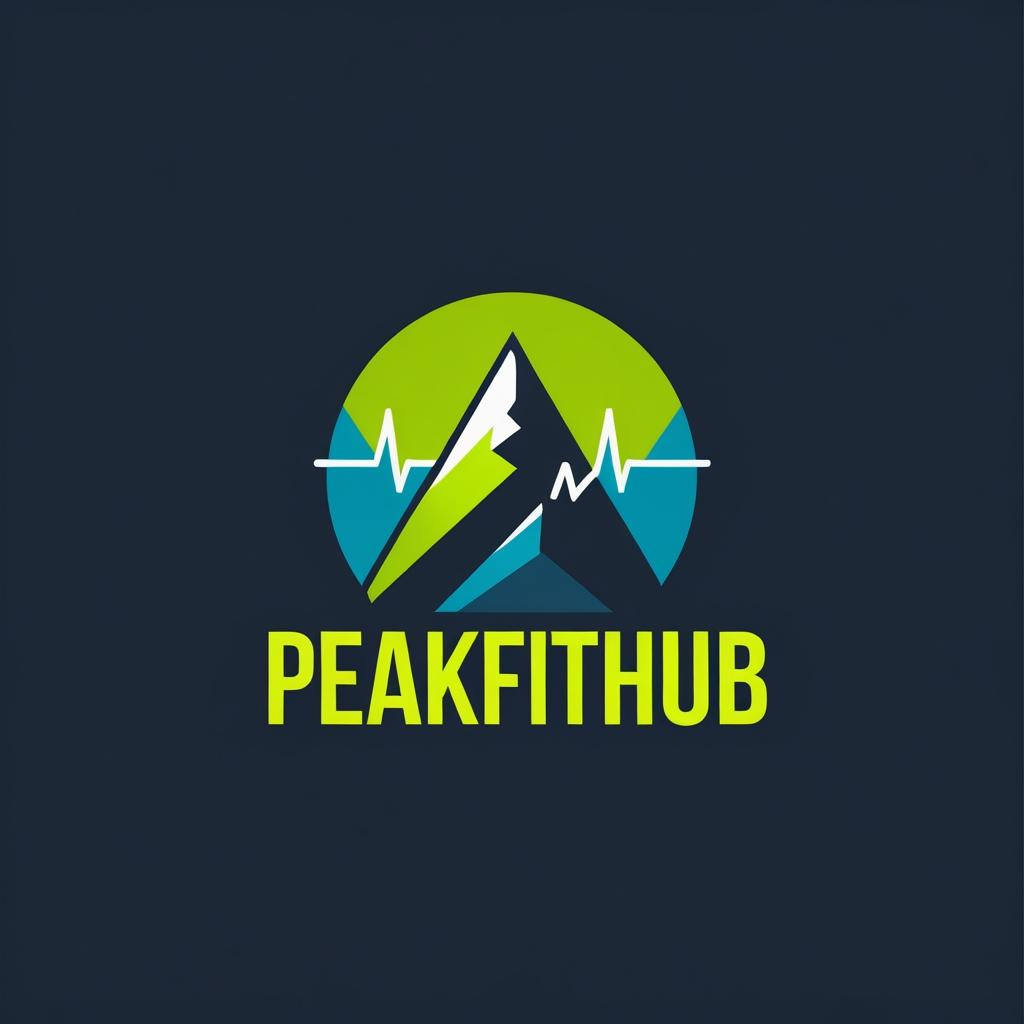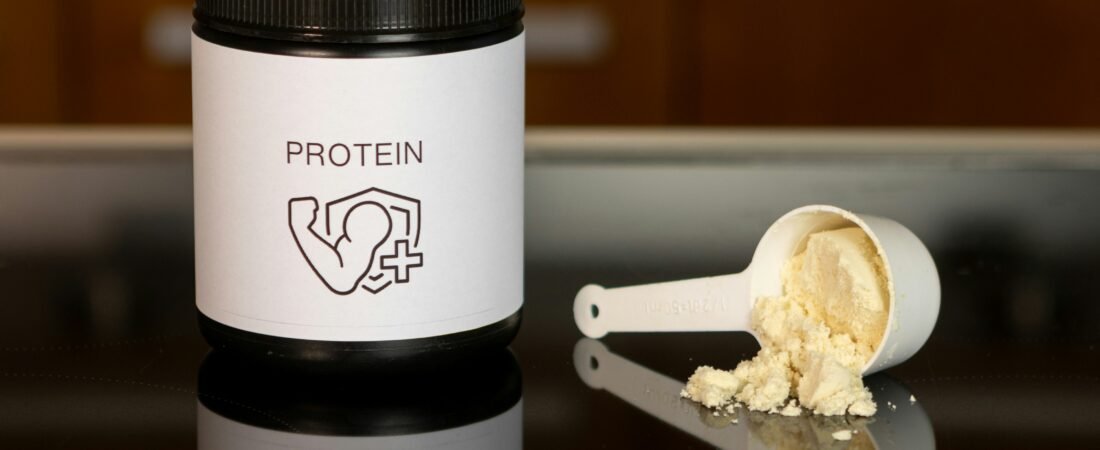7 High-Protein Foods for Faster Muscle Recovery: A Scientific Guide
You dedicate yourself to your training, pushing through every set and rep with determination. But if you think your muscles are built in the gym, it’s time for a paradigm shift. The true foundation of muscle growth, strength, and transformation is laid during recovery.
Intense physical activity creates microscopic damage to muscle fibers. This is a normal and necessary process. The body responds by repairing and rebuilding these fibers, making them larger and stronger than before—a process known as muscle protein synthesis (MPS).
For MPS to occur efficiently, one nutrient is non-negotiable: Protein.
Protein is made of amino acids, the fundamental building blocks of muscle. Consuming adequate protein after a workout provides these essential amino acids, signaling your body to stop muscle breakdown and begin the crucial repair process. This accelerates recovery, reduces Delayed Onset Muscle Soreness (DOMS), and leads to better long-term fitness results.
This comprehensive guide will walk you through the 7 best high-protein foods to optimize your recovery, explaining not just what to eat, but why and how it works.
1. Eggs: The Gold Standard of Complete Protein
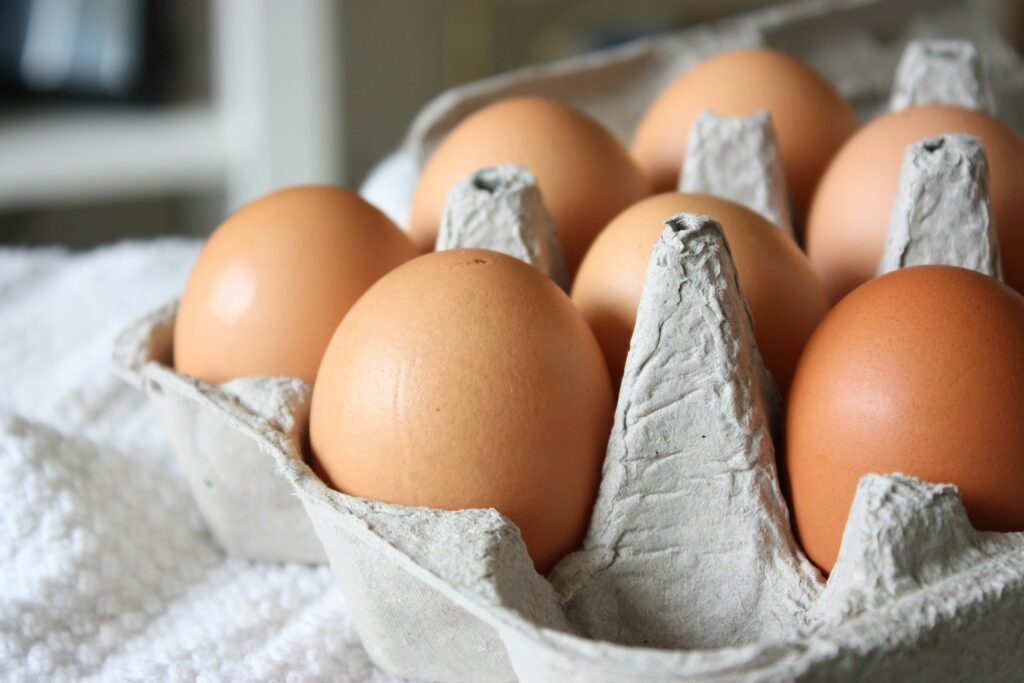
Why It’s a Recovery Powerhouse: Eggs are a “complete protein,” meaning they contain all nine Essential Amino Acids (EAAs) that your body cannot produce on its own. The star of the show is leucine, a Branched-Chain Amino Acid (BCAA) that acts as a primary trigger for initiating Muscle Protein Synthesis.
- Bioavailability: Egg protein has a near-perfect Protein Digestibility Corrected Amino Acid Score (PDCAAS), meaning your body can absorb and utilize it with extreme efficiency.
- Nutrient Density: Don’t skip the yolk! It’s loaded with choline (for brain health), healthy fats, vitamins B12 and D, and antioxidants like lutein.
How to Incorporate It:
- Post-Workout: Scramble 2-3 whole eggs with a handful of spinach for a nutrient-dense meal.
- Meal Prep: Hard-boil a dozen eggs at the start of the week for the perfect portable snack.
- Recipe Idea: Whip up a vegetable-filled frittata that can be sliced and eaten for breakfast or lunch all week.
2. Greek Yogurt: The Probiotic Protein Boost
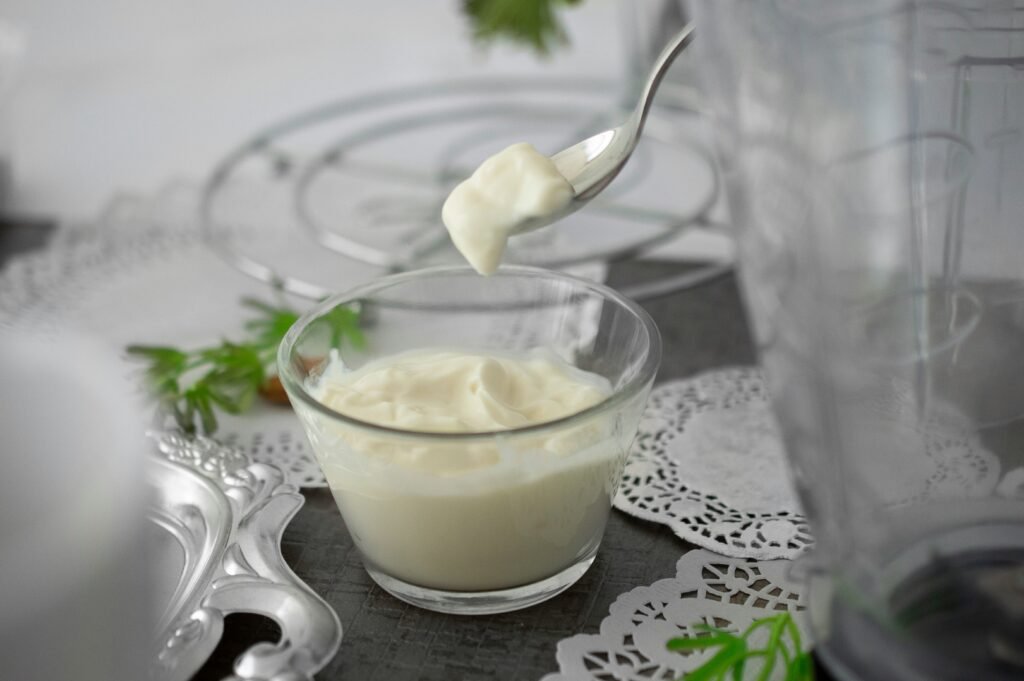
Why It’s a Recovery Powerhouse: Greek yogurt is strained, removing whey and lactose, which concentrates the protein and reduces sugar content. This results in nearly double the protein of regular yogurt. It’s also rich in casein protein—a slow-digesting protein that provides a sustained release of amino acids, ideal for preventing muscle breakdown between meals or overnight.
- Gut Health: The probiotics in yogurt support a healthy gut microbiome, which is linked to reduced inflammation and improved nutrient absorption.
- Calcium: Essential for bone health and muscle contractions.
How to Incorporate It:
- Simple Snack: Mix a single-serving cup of plain Greek yogurt with berries and a tablespoon of chia seeds.
- Healthy Swap: Use it as a substitute for sour cream, mayonnaise, or in smoothies to drastically increase protein content.
- Overnight Recovery: A bowl before bed can fuel muscle repair throughout the night.
3. Chicken Breast: The Lean Muscle Builder
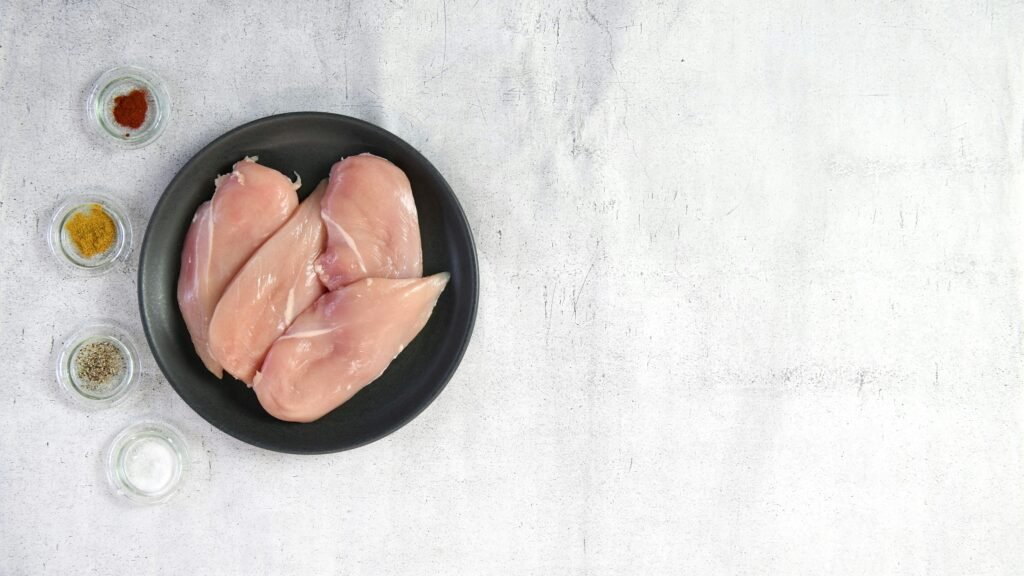
Why It’s a Recovery Powerhouse: Chicken breast is arguably the most popular fitness food for good reason. It’s an exceptionally lean source of high-quality protein, providing a massive protein punch with minimal fat. This makes it ideal for those looking to build muscle while managing calorie intake.
- Versatility: Its mild flavor makes it a blank canvas for countless herbs, spices, and marinades, preventing taste bud fatigue.
- Meal Prep King: Its structure and composition make it easy to cook in large, batch-friendly quantities.
How to Incorporate It:
- Weekly Prep: Grill, bake, or slow-cook 2-3 pounds of chicken breast. Shred or slice it to add to salads, wraps, stir-fries, and grain bowls.
- Perfect Pairing: Combine a 4-6 oz portion with a complex carb (like sweet potato) and fibrous vegetables (like broccoli) for a perfect post-workout meal.
4. Fatty Fish (Tuna & Salmon): The Anti-Inflammatory All-Star
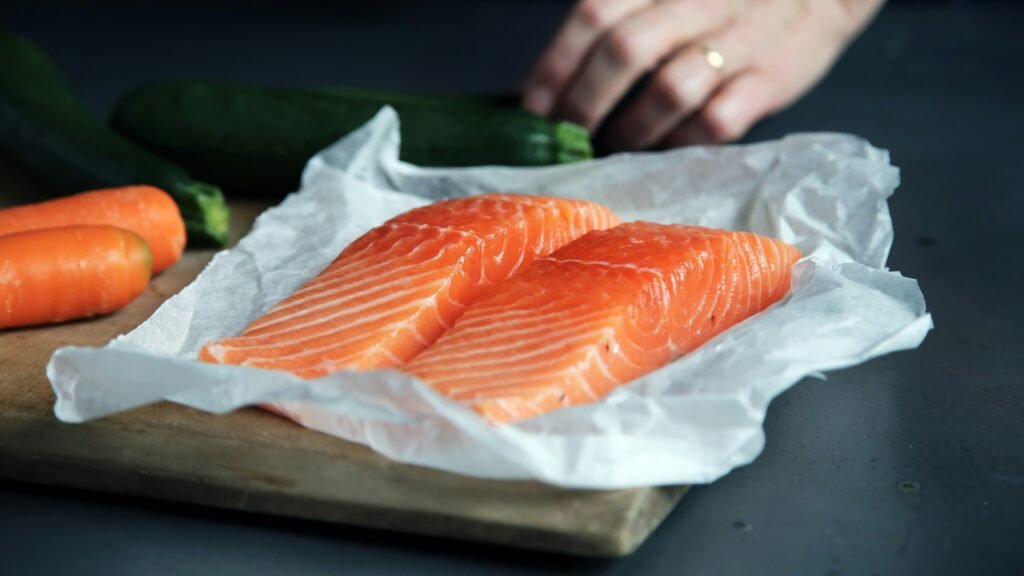
Why It’s a Recovery Powerhouse: Fish like salmon and tuna provide two critical recovery components: high-quality protein and omega-3 fatty acids (EPA & DHA). The protein rebuilds muscle, while the omega-3s are potent anti-inflammatories. They help modulate the body’s inflammatory response to exercise, directly reducing muscle soreness and speeding up the recovery timeline.
- Vitamin D: Salmon is one of the few natural food sources of Vitamin D, which is crucial for immune function and muscle health.
How to Incorporate It:
- Convenience: Keep canned wild-caught tuna or salmon in your pantry for no-cook protein. Mix with avocado instead of mayo for healthy fats.
- Gourmet Recovery: Pan-sear a salmon fillet with a lemon-dill rub and serve with asparagus and quinoa for a delicious, recovery-optimized dinner.
5. Cottage Cheese: The Slow-Digesting Nighttime Nutrient
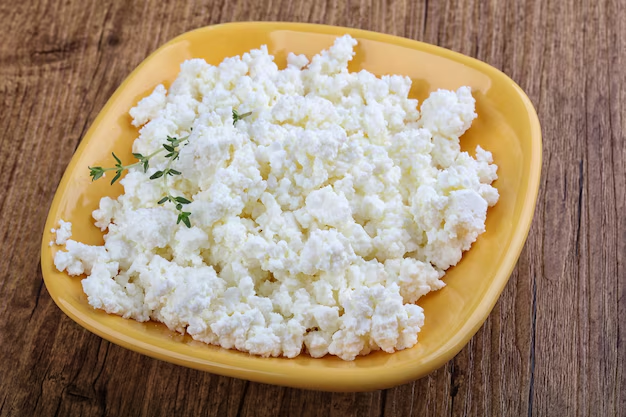
Why It’s a Recovery Powerhouse: Cottage cheese is famously rich in casein protein, making it one of the best foods you can eat before bed. As a slow-digesting protein, it creates a sustained trickle of amino acids into your bloodstream, fighting catabolism (muscle breakdown) and fueling recovery for up to 7-8 hours while you sleep.
- Calcium & Selenium: It’s also an excellent source of calcium and the antioxidant mineral selenium.
How to Incorporate It:
- Bedtime Snack: A 1-cup serving of low-fat cottage cheese is the ideal pre-sleep meal.
- Savory or Sweet: Enjoy it savory with black pepper and cherry tomatoes, or sweeten it naturally with cinnamon, berries, or a drizzle of honey.
6. Lentils & Legumes: The Fibrous Plant-Based Powerhouse
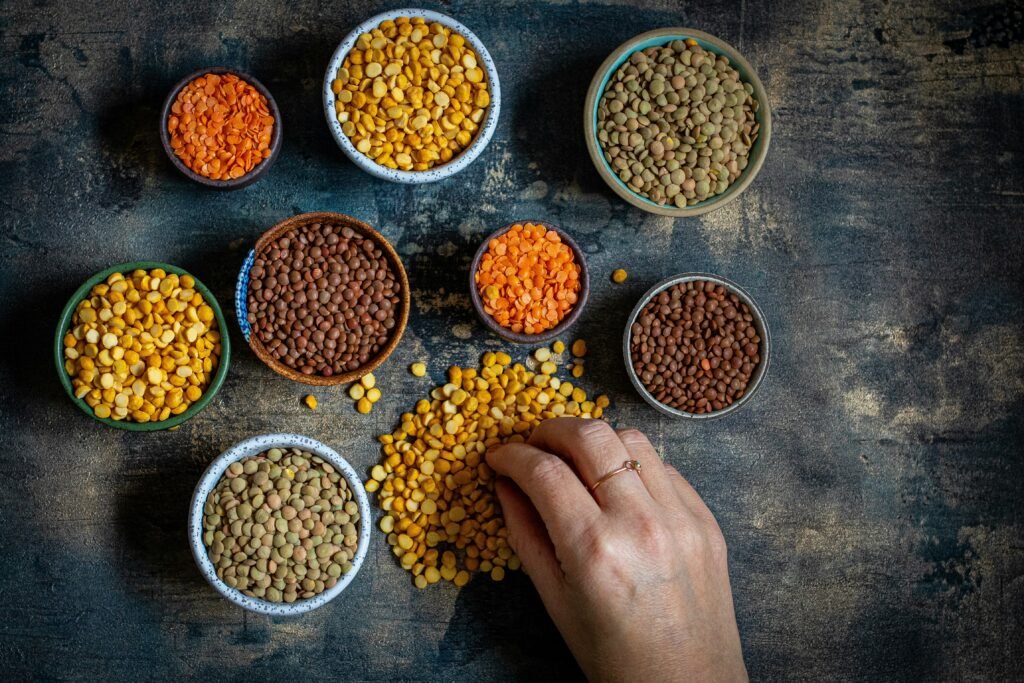
Why It’s a Recovery Powerhouse: For vegetarians, vegans, or anyone looking to diversify their protein sources, lentils, chickpeas, and black beans are indispensable. They are packed with protein and fiber. The fiber feeds healthy gut bacteria, which can lower systemic inflammation and improve overall health.
- Complex Carbs: They also provide a steady source of complex carbohydrates to replenish glycogen stores post-workout.
- Note: While they are “incomplete” proteins (low in certain EAAs), combining them with grains (e.g., rice and beans) throughout the day forms a complete protein profile.
How to Incorporate It:
- Hearty Meals: Add lentils to soups, stews, and curries. Use black beans for tacos, or chickpeas for a flavorful curry.
- Salad Topper: Add a scoop of any legume to your salads to significantly boost the protein and fiber content, keeping you full and satisfied.
7. Protein Powder: The Convenience Game-Changer
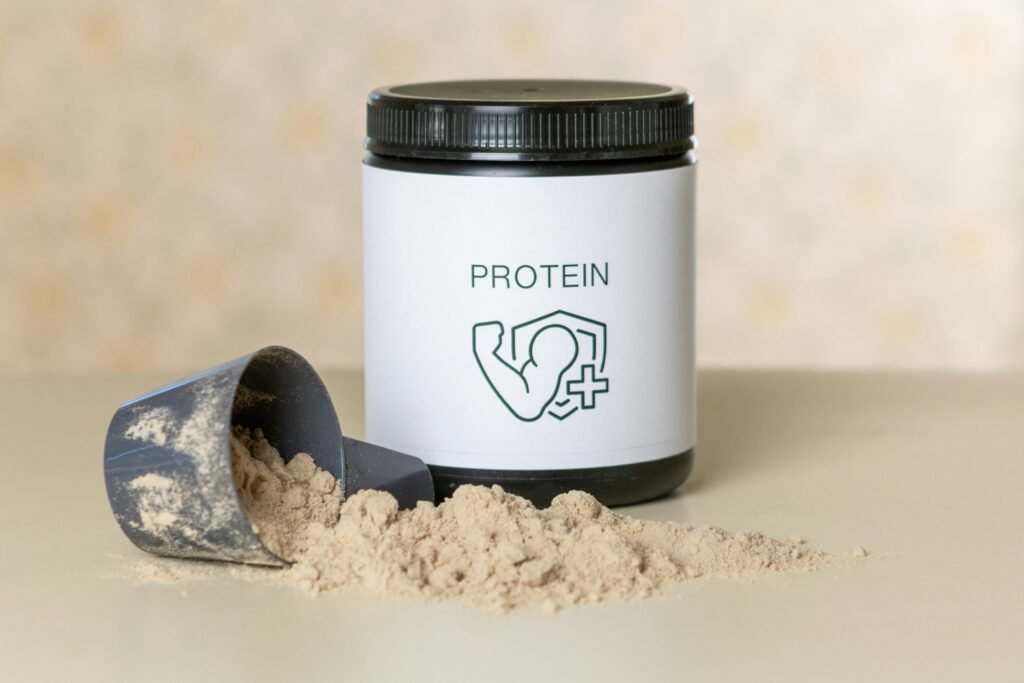
Why It’s a Recovery Powerhouse: While whole foods should always be the foundation, protein powder offers unmatched convenience and speed, especially during the critical 30-60 minute “anabolic window” post-workout when your muscles are screaming for nutrients. A quick shake ensures you meet your daily protein requirements without the prep time.
- Fast Absorption: Whey protein isolate is particularly fast-absorbing, making it ideal for post-workout nutrition.
- Versatility: It’s not just for shakes! Add a scoop to oatmeal, pancake batter, or Greek yogurt to effortlessly increase the protein content of any meal or snack.
How to Incorporate It:
- Post-Workout Shake: Mix 1 scoop of your preferred protein powder with water or milk immediately after your workout.
- PeakFitHub Recommendation: Choosing a high-quality, third-party tested protein is crucial. Look for a product that aligns with your dietary needs:
- Whey Isolate/Concentrate: For fast absorption and a complete amino profile (dairy-based).
- Plant-Based Blends: (Pea, Brown Rice, Hemp) for those avoiding dairy.
- Casein: For a slow-digesting option, great as a meal replacement or before bed.
👉 Check out this top-rated whey protein powder on Amazon to maximize your recovery.
Optimizing Your Recovery Nutrition: A Practical Summary
| Food | Key Benefit | Ideal Timing | Serving Suggestion |
|---|---|---|---|
| Eggs | Complete Protein, High in Leucine | Breakfast, Post-Workout | 2-3 whole eggs, scrambled or boiled |
| Greek Yogurt | High Casein/Why, Probiotics | Snack, With Meals | 1 cup with berries and nuts |
| Chicken Breast | Extremely Lean, High Protein | Lunch, Dinner | 4-6 oz grilled with veggies & carb |
| Fatty Fish | Protein + Anti-inflammatory Omega-3s | Lunch, Dinner | 5-6 oz baked or pan-seared salmon |
| Cottage Cheese | Slow-Digesting Casein | Before Bed | 1 cup with fruit or pepper |
| Lentils/Legumes | Plant Protein + Fiber | Lunch, Dinner | 1 cup in soups, stews, or salads |
| Protein Powder | Fast & Convenient | Post-Workout, Any Meal | 1 scoop in shake, oatmeal, or yogurt |
Final Thoughts: Consistency is Key
Building a recovery-optimized diet isn’t about complex tricks. It’s about consistent, strategic choices. By prioritizing these high-protein foods and spreading your intake throughout the day (aim for 20-40 grams per meal), you provide your body with a constant supply of the tools it needs to repair, strengthen, and overcome the challenges you set for it in the gym.
Ready to transform your recovery and unlock your potential? Start by incorporating two of these foods into your diet this week.
Stay Strong,
The PeakFitHub Team
